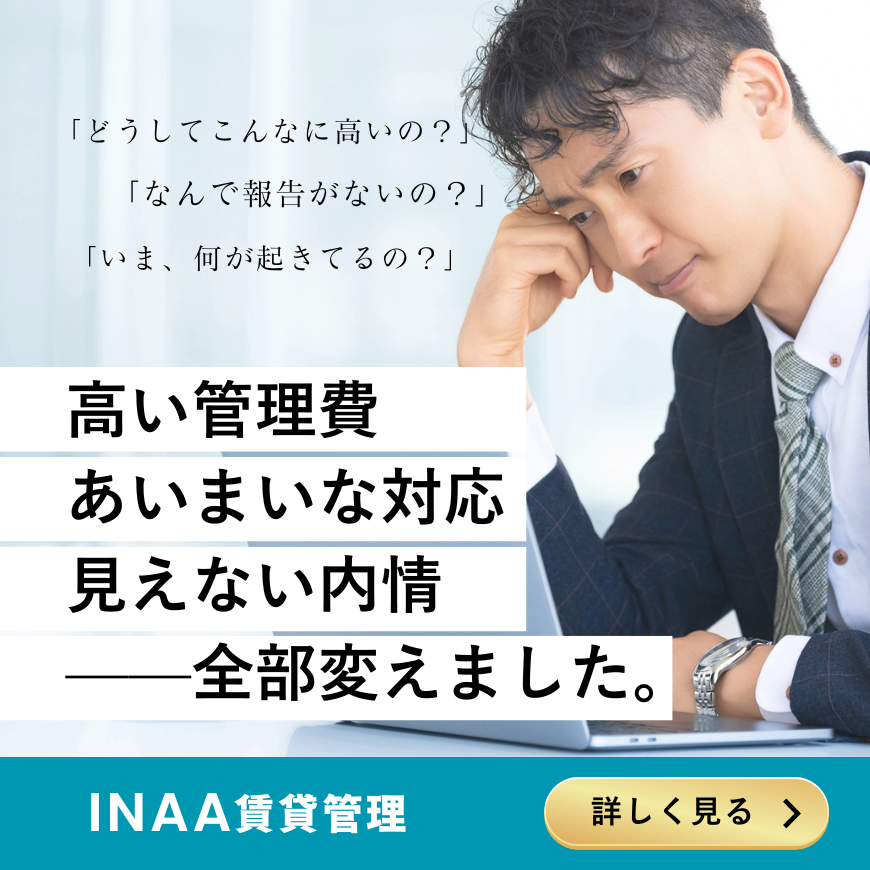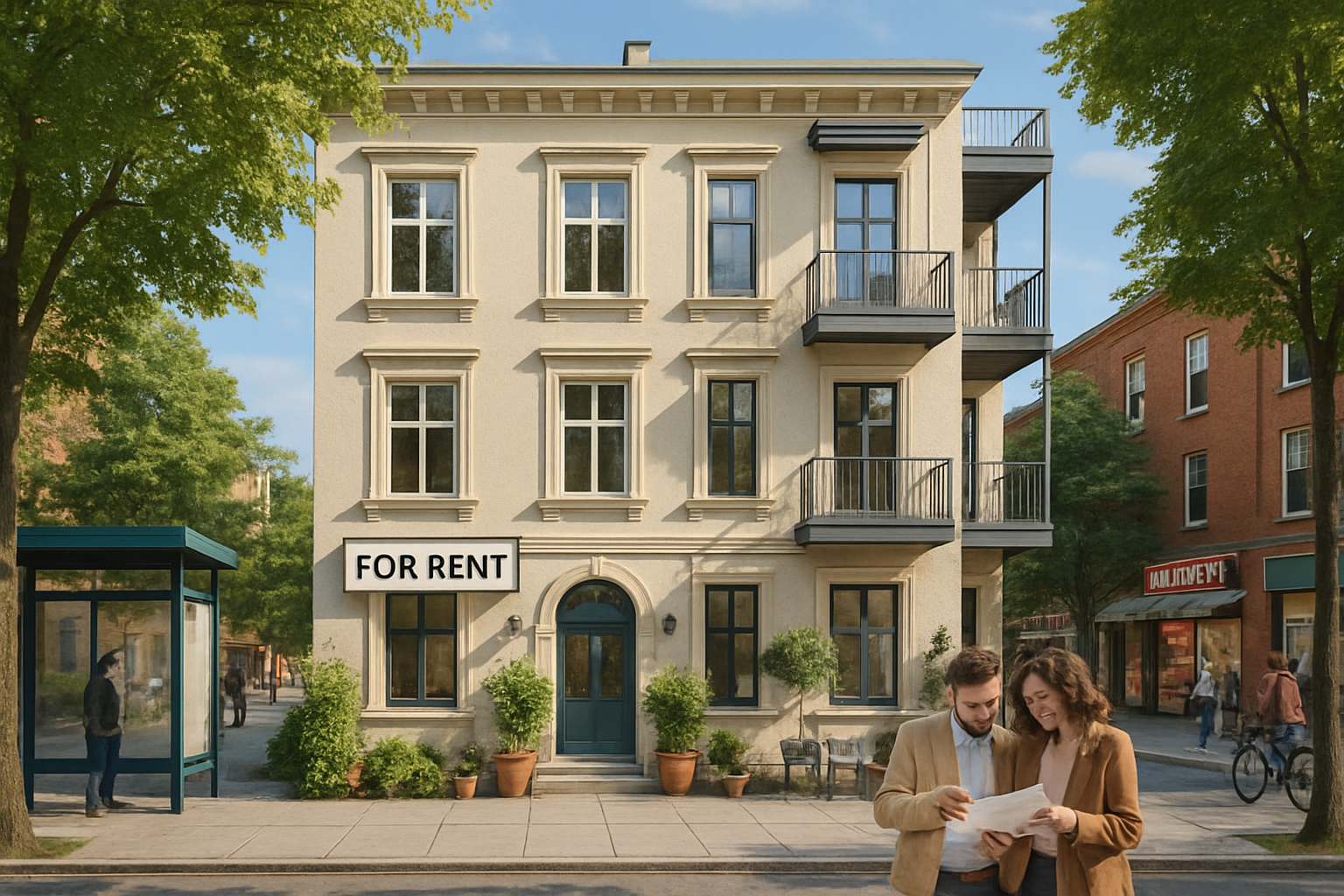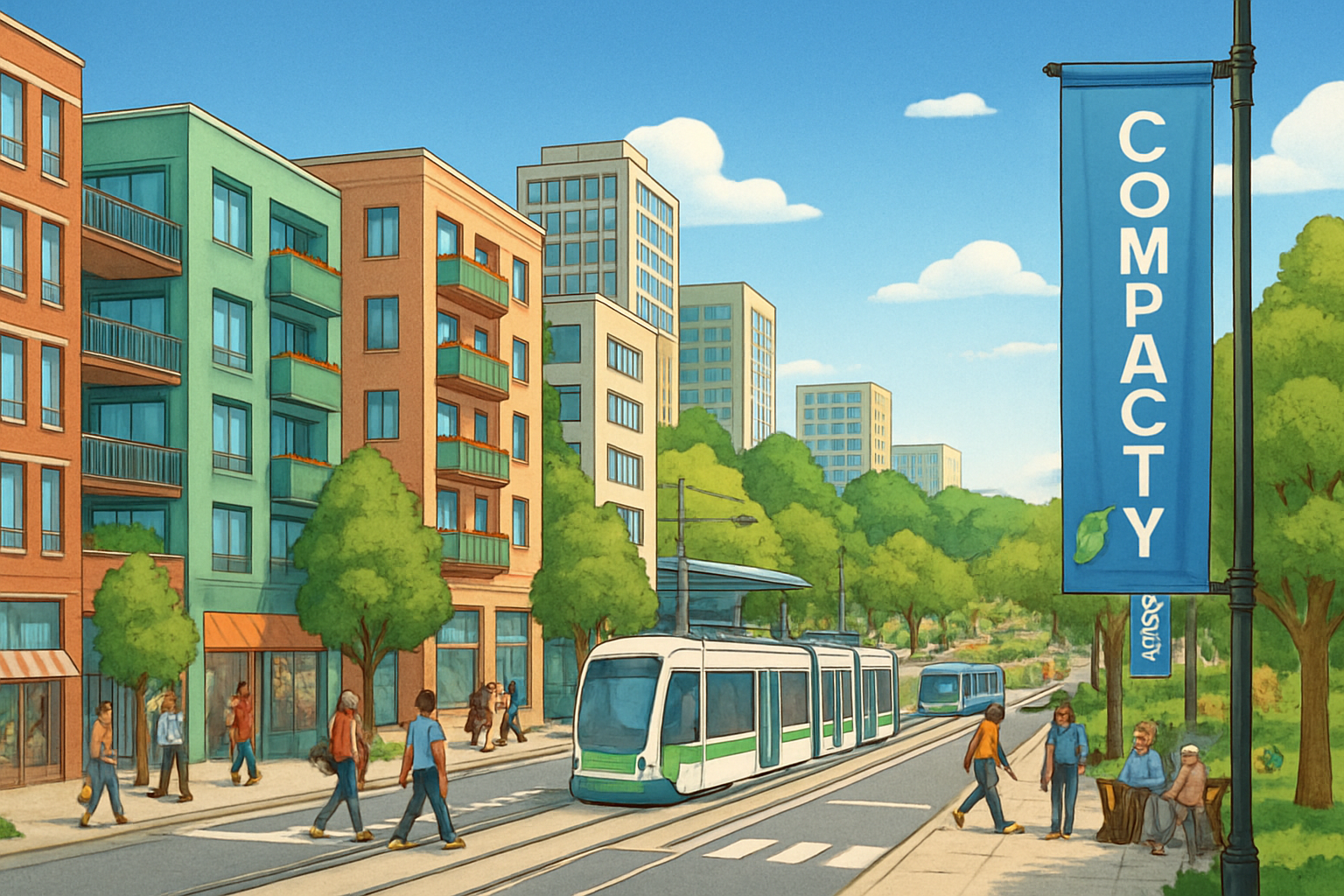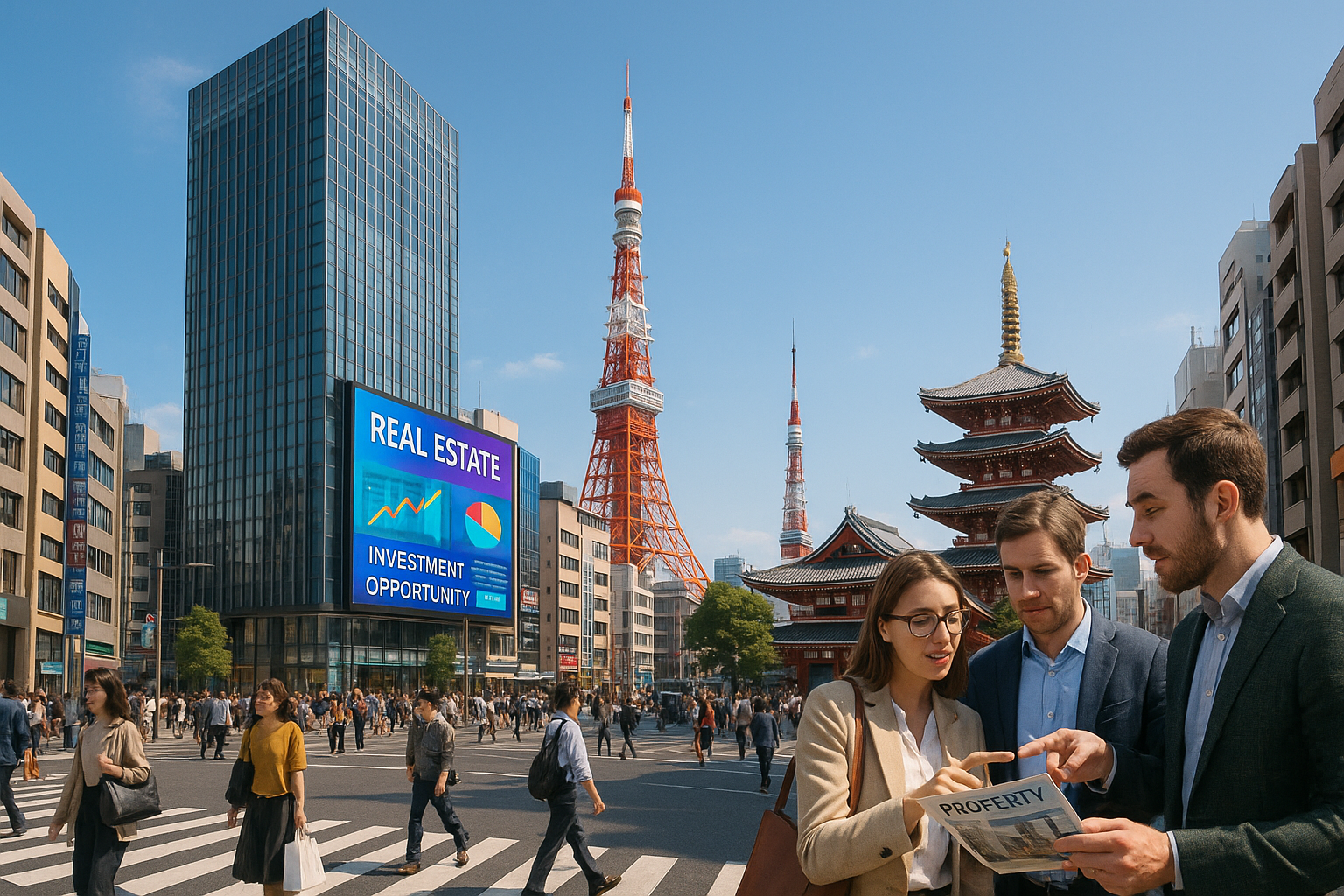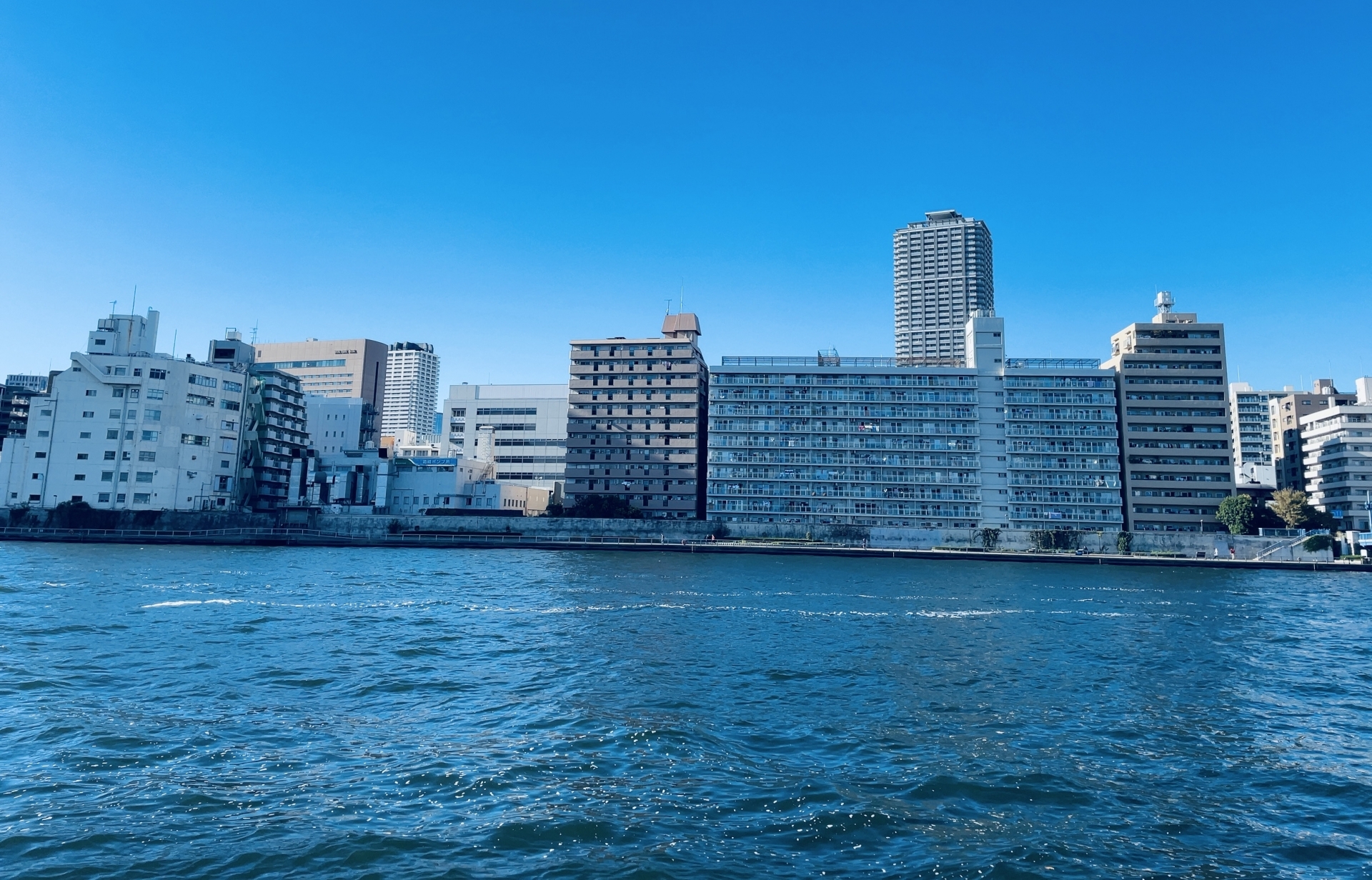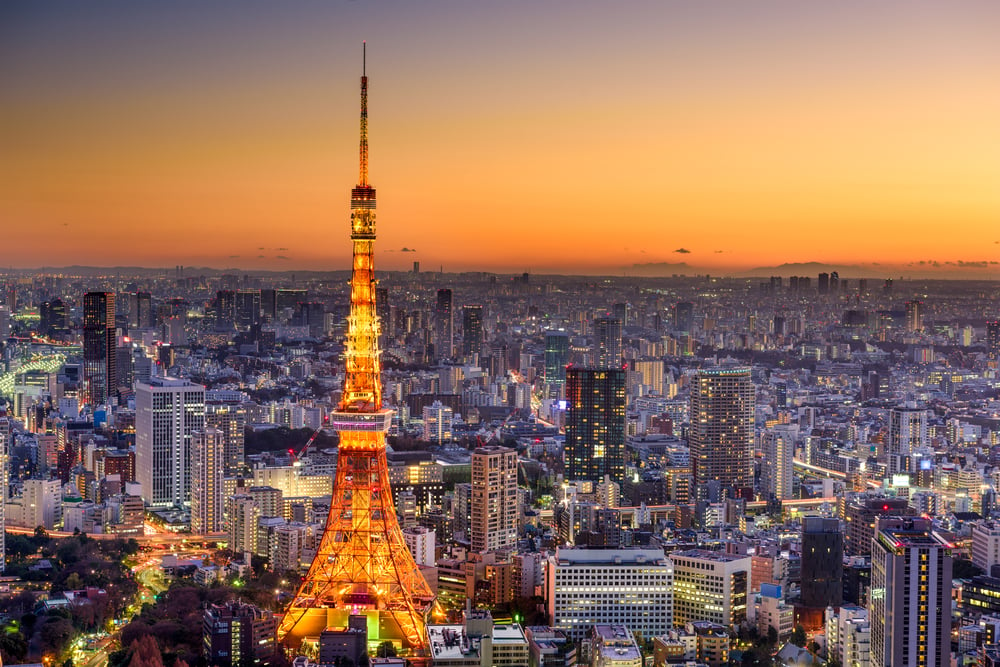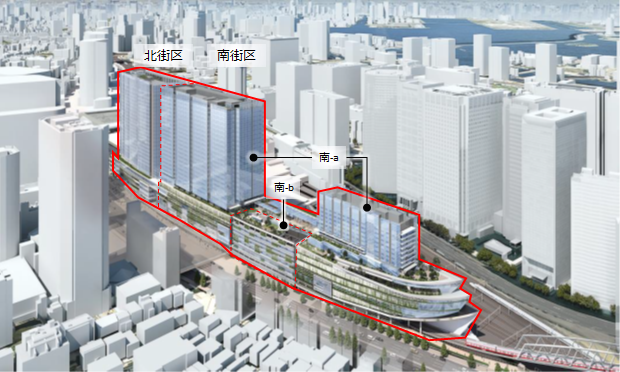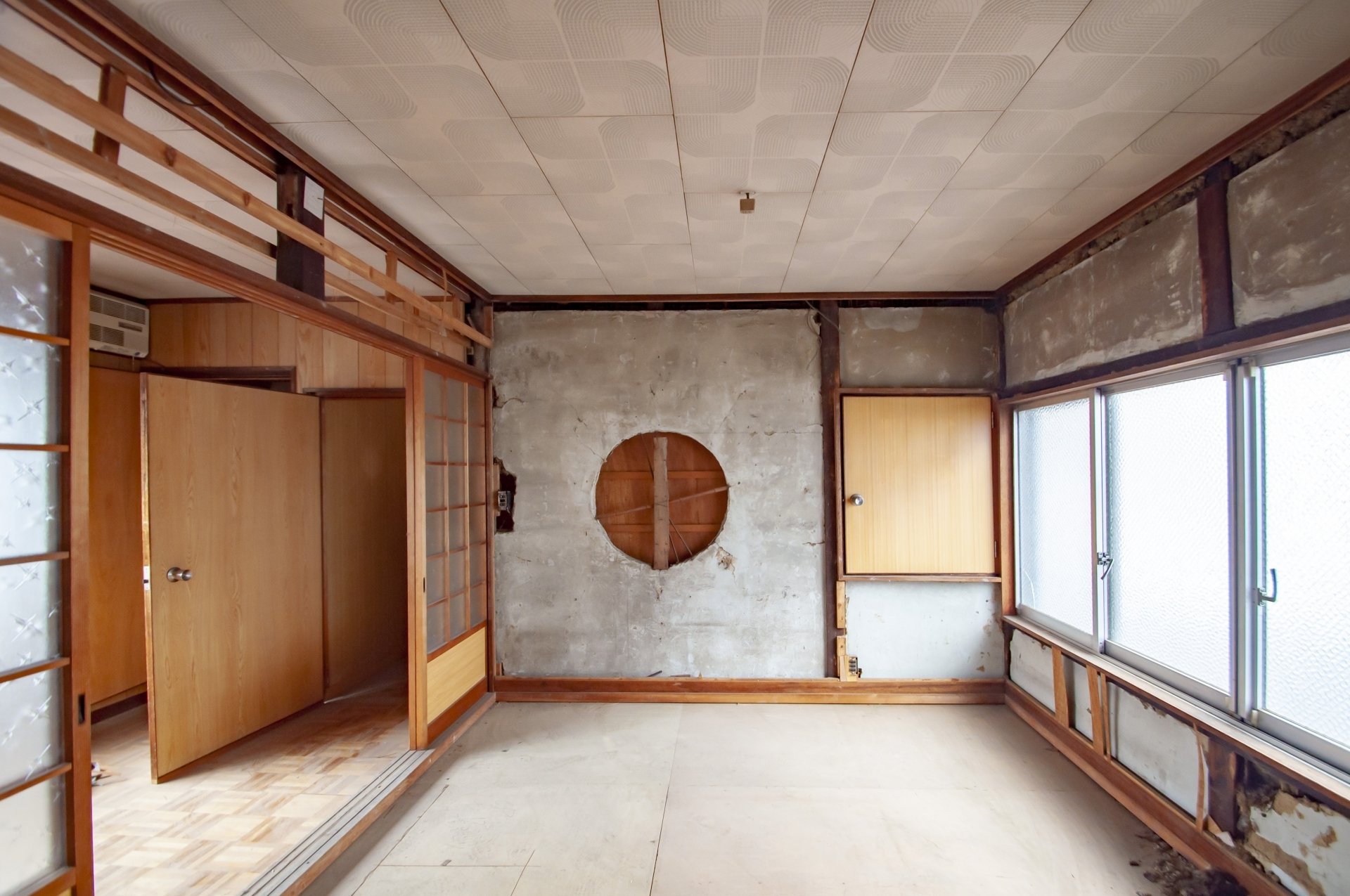
Taken from the Tokyo Metropolitan Government website
In the real estate industry, urban development is not simply the construction of buildings; it is the fusion of infrastructure creation that forms the foundation of economic activity and environmental improvements that enrich people's lives. The ongoing Yaesu 1-chome North Urban Area Redevelopment Project (Gofukubashi Project) in Chuo Ward, Tokyo, is a good example of a truly next-generation urban redevelopment project that aims to strengthen Japan's international competitiveness and upgrade urban functions. In this issue, we would like to analyze the project's overview, significance, and future prospects.
Project Overview and Characteristics
The Gofukubashi Project is a large-scale redevelopment project utilizing an approximately 9,260 m2 site located between Tokyo Station and Nihonbashi Station. The project will consist of two areas, the South Urban Area and the North Urban Area, and will be a group of facilities with mixed urban functions, integrating high-rise buildings and waterfront space.
In the South Urban Area, a skyscraper with 44 floors above ground and 3 floors below, approximately 218 meters high, will be constructed and function as a complex facility centered on offices. On the other hand, a low-rise commercial facility is planned along the Nihonbashi River in the North District, creating a waterfront space that takes advantage of the waterfront.
It should be noted that this project does not exist in isolation, but is linked to the undergrounding of the Metropolitan Expressway. The undergrounding of the Metropolitan Expressway over the Nihombashi River will greatly improve the environment along the river, enabling the creation of a new urban space centered on the waterfront. This is a very significant initiative in terms of restoring the historical landscape and integrating new urban functions.
Innovations in Urban Functions Brought about by the Underground Network
One of the most innovative features of the Gofukubashi project is the construction of an extensive underground pedestrian network connecting 10 stations. Upon completion, a total of 10 stations (Tokyo, Nihonbashi, Kayabacho, Otemachi, Nijubashimae, Hibiya, Yurakucho, Kyobashi, Ginza, and Higashi-Ginza) will be directly connected by underground passageways.
This network will not only improve convenience, but will also dramatically increase the potential of the urban space by connecting Nihonbashi and Kayabacho stations, which are used by 360,000 people per day. The change in the flow of people can be expected to have multifaceted effects, such as increasing the ability of commercial facilities to attract customers, improving accessibility between business locations, and ensuring safe travel routes in the event of a disaster.
In particular, from the perspective of urban competitiveness, an underground network connecting major business centers will be an important factor in enhancing Tokyo's attractiveness as an international financial center. Compared to other major overseas cities, an underground network of this scale is unparalleled, and is a good example of Japan's advanced urban development.
Enhancing Tokyo's Function as an International Financial Hub
One of the key objectives of the Gofukubashi project is to enhance the city's function as an international financial center. Prior to this project, Tokyo Tatemono opened FIAN, an advanced financial human resource development facility, in Nihonbashi on May 26, 2025.
FIAN aims to support the creation of innovation in the field of digital finance, and will be chaired by Professor Yanagawa of the University of Tokyo and operated under the overall supervision of Professor Pinar Ozcan of Oxford University's Said Business School. Here, executive programs for the next generation of leaders in the financial industry will be offered, with future plans to relocate the function to the second floor of the Gofukubashi Project's South Mall.
This initiative is very significant from the perspective that it goes beyond the mere construction of a building to develop human resources for the enhancement of Tokyo's status as an international financial city. In today's world where finance and technology are increasingly fused together, the development of human resources with advanced knowledge and practical skills is an essential element in strengthening the city's competitiveness.
Upgrading Hospitality Functions
Another feature of the Gofukubashi project is that The Crest Collection, the top luxury brand of Singapore-based hospitality group The Ascott Limited, will make its first appearance in Japan. The South Mall will feature 92 luxury accommodations under the name "SEN/KA TOKYO by The Crest Collection.
In order to function as an international financial center, a high standard of hospitality service is required as well as a well-developed business environment. Providing international standard accommodations for financial professionals and businesspersons visiting from all over the world will greatly contribute to enhancing the attractiveness of the city.
The presence of such upscale accommodations will also have a ripple effect on improving real estate values in the surrounding area. The presence of an international brand hotel will enhance the status of the area and may positively affect office rents and housing prices.
Project Realization Schedule and Challenges
The Gofukubashi project is being developed in phases, with construction of the South Urban Area to begin in November 2024 and to be completed in FY2029. Construction of the North Urban Area is scheduled to be completed in fiscal 2032.
Various challenges exist in realizing such a large-scale redevelopment project. Project management is extremely challenging, as it must be coordinated with the large-scale infrastructure improvement of the undergrounding of the Metropolitan Expressway, construction work while maintaining existing urban functions, and coordination among multiple developers.
In addition, ongoing efforts are required for operation and management after construction is completed, including maintenance and management of the underground network, coordination among facilities with diverse uses, and disaster prevention measures. To overcome these challenges and realize sustainable urban development, close collaboration between the public and private sectors and a long-term perspective are essential.
Impact on Regional Value Enhancement and Future Prospects
The Gofukubashi Project will contribute to the value enhancement of the entire Yaesu-Nihonbashi/Kyobashi area not only as a stand-alone development project, but also in conjunction with several ongoing projects in the vicinity, including the TOFROM YAESU project in front of Tokyo Station and the 35-story redevelopment project directly connected to Kyobashi Station.
In particular, the waterside space of the Nihonbashi River, which will be restored by the underground Metropolitan Expressway, will be an advanced model case of urban renewal in that it will both revive the historical landscape and create new urban functions. The combination of the historical value of Nihonbashi since the Edo period and the latest urban functions will enhance its attractiveness as a tourist resource.
In addition, the realization of an underground network connecting the 10 stations could have an impact on the very structure of Tokyo itself. If the movement of people, which until now has depended on the aboveground road network, becomes seamless through the underground space, the way the aboveground space is used may change significantly. The space previously devoted to automobile traffic will be converted to pedestrian-centered space, and this has the potential to fundamentally change the shape of cities.
Summary: Urban Development's Vision for the Future
The Gofukubashi Project is a comprehensive urban renewal project that goes beyond the mere construction of buildings to upgrade urban functions and strengthen international competitiveness. It creates new value by organically linking diverse functions, including office, retail, lodging, education, and transportation.
Of particular note is the project's orientation toward development as an "area" rather than a "point. While located in the heart of Japan in the vicinity of Tokyo Station, the project is closely linked to the surrounding area through an underground network, aiming to improve urban functions over a wide area.
Urban development is not simply about building; it is about creating a foundation for people's lives and economic activities. The Gofukubashi project is an advanced initiative that embodies this philosophy. We will keep a close eye on its progress and hope that it will accelerate efforts to strengthen Tokyo's international competitiveness.
It is important for those of us involved in real estate to keep abreast of these urban development trends and understand their potential value and challenges. The case of the Gofukubashi project has much to offer in terms of the future of urban development.

Daisuke Inazawa
Representative Director of INA&Associates Inc. Based in Osaka, Tokyo, and Kanagawa, he is engaged in real estate sales, leasing, and management. He provides services based on his extensive experience in the real estate industry. Based on the philosophy that “human resources are a company's most important asset,” he places great importance on human resource development. He continues to take on the challenge of creating sustainable corporate value.

.png)
